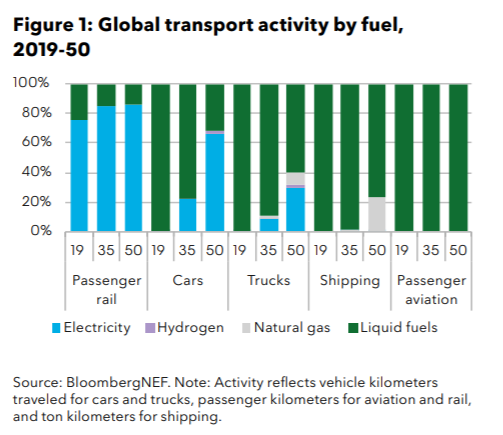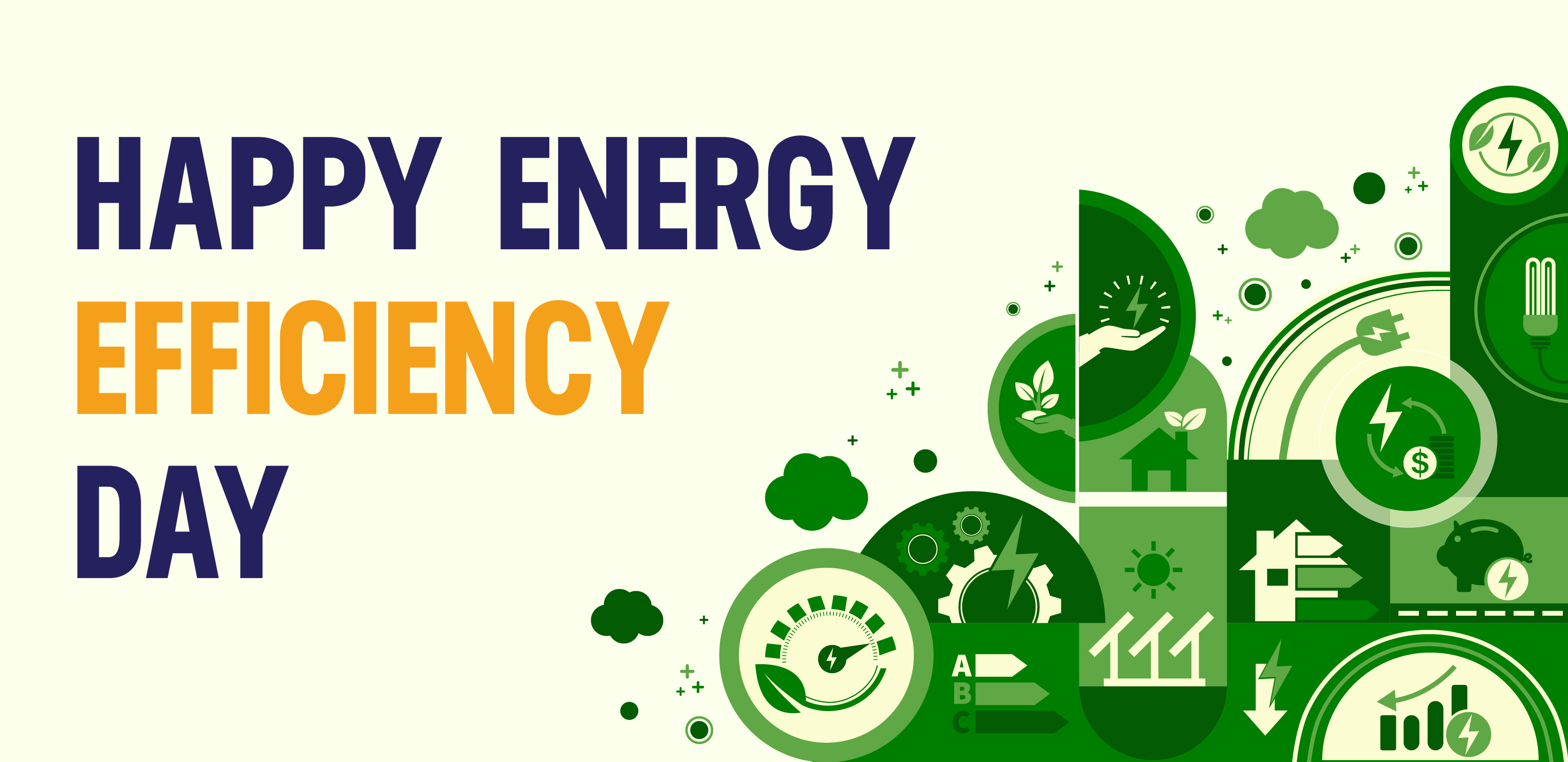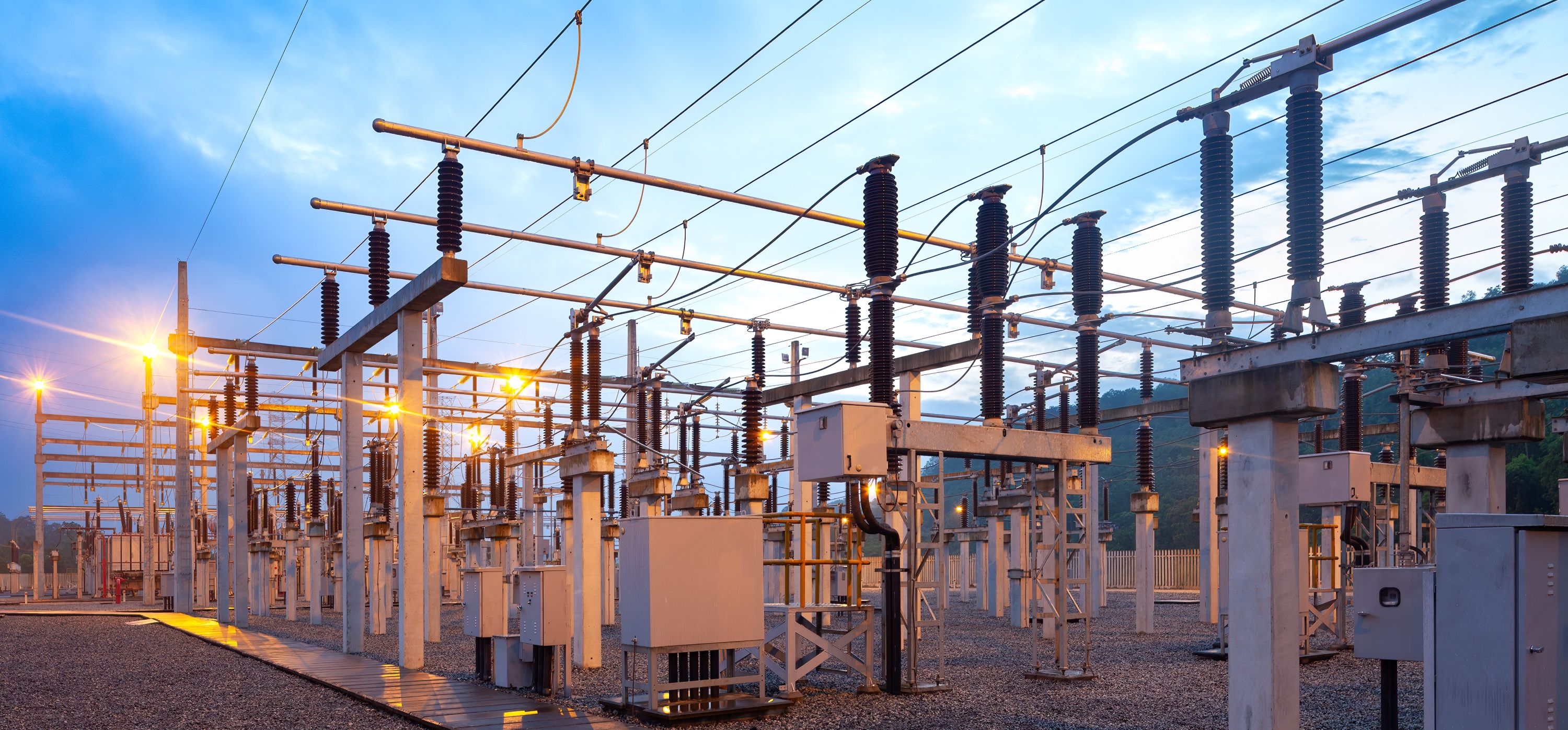Bloomberg New Energy Outlook Highlights the Potential for Energy Efficiency Progress
Let's Save Energy
Alliance to Save Energy's Blog

With everything that’s happened since COVID-19 hit, it’s hard to believe that energy efficiency’s potential was higher than ever at the beginning of 2020. Yes, there was still a long road ahead for scaling up investments at the rate needed to meet our climate goals, but with employers expecting to add 71,000 new efficiency jobs in 2020, the sector was headed in the right direction. Now, with so much altered in our day-to-day lives due to the virus, how has the outlook for energy efficiency changed?
One of the first looks at the future came last week with the release of the Bloomberg New Energy Outlook. Bloomberg New Energy Finance’s (BNEF) report came with a mix of good and bad news, but emphasized the importance of efficiency for any hope of meeting our climate goals in a cost-effective way.
Perhaps no energy sector is certain to witness as much transformative change over the coming decades as the transportation sector. In 2025, electric vehicles (EVs) will reach upfront price parity with Internal Combustion Engine (ICE) vehicles. This will lead to greater consumer choice and fewer emissions of tailpipe pollutants. In addition, BNEF finds that rapid electrification of vehicles throughout the world will lead to the passenger car segment of the transportation economy becoming a whopping 60% more energy-efficient. These are impressive gains, but, as the Alliance has called for in our 50x50 Transportation campaign, complementary investments in areas like public transit, port and airport efficiency, and city infrastructure will be crucial to fully optimizing energy use across the transportation sector and for capitalizing on the potential of EVs.

In the buildings sector, which currently accounts for 40% of the U.S.’s carbon emissions, there are many existing opportunities and technologies to immediately lower buildings’ energy demand and climate impact. BNEF estimates that efficiency improvements in gas boilers and furnaces, along with more businesses and households choosing cost-competitive, high-efficiency heat pumps, will lead to a 6% decline in energy use for space heating in 2050. However, demand for cooling is expected to double by 2050 – potentially cancelling out any gains made in heating efficiency as cooling consumes about 15% of commercial building electricity use in the U.S. compared to 2% for space heating. It will be critical for governments at all levels to work in tandem with the private sector to accelerate the innovations and policies necessary to counteract this cooling crunch through further efficiency gains.
Finally, on the subject of COVID-19, the New Energy Outlook finds one silver lining: The pandemic’s ripple effects caused the likely peak of carbon emissions in 2019, saved 2.5 years of global energy sector emissions, and has accelerated transitions within the energy sector. Worldwide emissions will fall about 8% in 2020 and never rise again to the peak they did in 2019. However, even with the progress that has been made, we are still on track for 3.3°C of warming by 2100 – an outcome that would likely have devastating consequences for coastal communities and marginalized groups. The pandemic’s fallout also threatens our ability to respond to the climate crisis and maintain the downward trend in emissions; for example, the economic crisis may prevent individuals and organizations from making energy-efficient investments, low fuel prices may deter people from utilizing energy-efficient transportation options, and hundreds of thousands of energy efficiency workers remain unemployed since March. It should be a global imperative to power economic recovery with clean investments that create jobs, reduce costs for businesses and consumers, and put a down payment on a more resilient future.
With the difficulties of COVID-19 as well as other challenges such as per capita energy consumption increasing in many developing economies and the rapid adoption of electric vehicles potentially driving up global demand on the grid, it is critical that energy efficiency is prioritized in U.S. federal policy and in future international agreements. The cheapest energy will always be the energy you do not use – and no matter how tomorrow’s election plays out here in the U.S., doubling down to keep efficiency improvement trends on track will benefit families, the economy, and the planet.
STAY EMPOWERED
Help the Alliance advocate for policies to use energy more efficiently – supporting job creation, reduced emissions, and lower costs. Contact your member of Congress.
Energy efficiency is smart, nonpartisan, and practical. So are we. Our strength comes from an unparalleled group of Alliance Associates working collaboratively under the Alliance umbrella to pave the way for energy efficiency gains.
The power of efficiency is in your hands. Supporting the Alliance means supporting a vision for using energy more productively to achieve economic growth, a cleaner environment, and greater energy security, affordability, and reliability.



